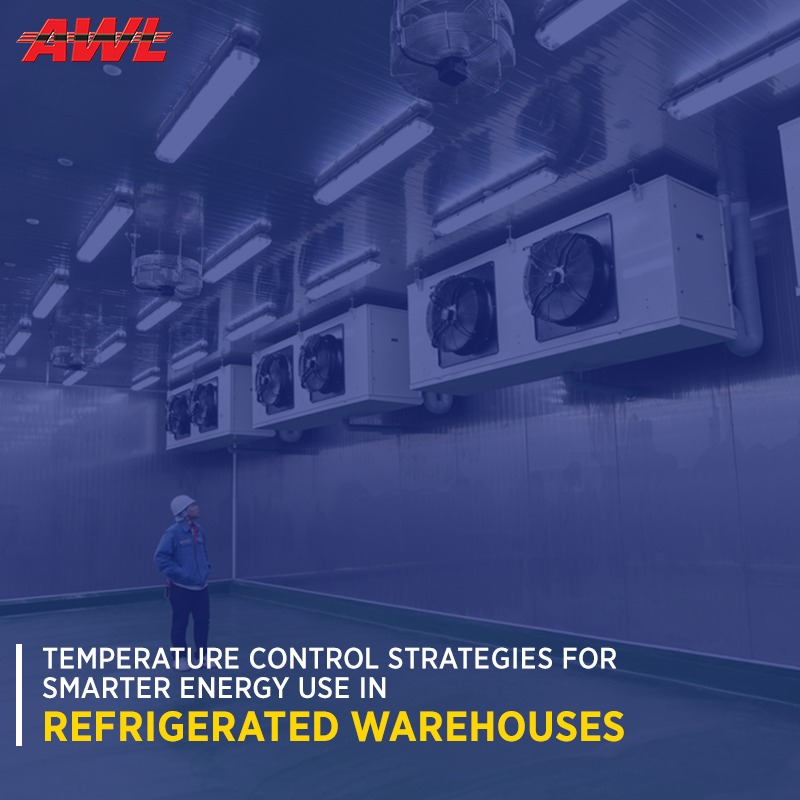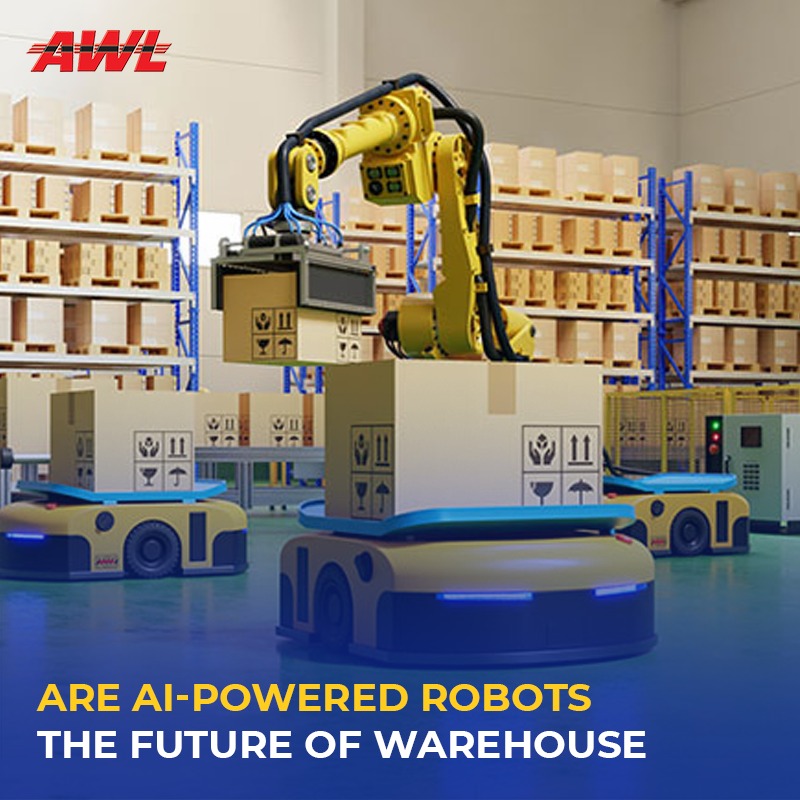

Introduction
Most of the food products are generally perishable and have a very short shelf life. Since foods are time and temperature-sensitive in nature, the impact of temperature and storage conditions is always direct and enormous on maintaining and extending the shelf life of perishables. Food products must be put up with proper care throughout the entire supply chain of preparation, packaging, storage, transportation, and handling.
Thus, temperature control in a food supply chain is of paramount importance. The refrigerated processing, storage, distribution, retail, and handling of foods is highly essential to ensure the safety, excellence, and a prolonged lifespan of food commodities.
Over the years, refrigeration has been accepted as the most widely used food protection method to slow down the bacteria growth in foods that leads to deterioration. This indicates that after manpower, energy is the most substantial cost element in such warehouses. On a global level, organizations are under pressure to remain energy efficient and curtail costs while not jeopardizing the quality of service.
Today's food system is completely built on the foundation of refrigeration but is highly reliable on fossil fuels and energy sources, which makes it an energy-intensive industry. More than 40% of the global food output is dependent on refrigeration while a share of 17% of electricity from the world's total energy consumption is spent on refrigeration which is why reducing energy consumption throughout cold chain supply management is important.
This surges the need to improve energy efficiency across the supply chain industry so that the entire code chain can be made more environmentally sustainable. This can be done by motivating refrigerated warehouse operators to organize, maintain, and reinforce their energy conservation culture which will likely include an effective energy management plan, establishing an energy council, operating periodic energy waste reviews, and examining energy use, and specifying tendencies in energy consumption.
Therefore, adequate management of temperature is the key factor required for attaining a reasonable usage of energy in the cold storage sector. Smart management of energy is the topmost priority of temperature-controlled warehouses to be able to meet the industry demands for increased sustainability impact and even control costs.
Here are some effective temperature control strategies to ensure optimized cold storage energy management:
Strategies For Optimized Cold Storage Energy Management
The 'Night-Wind' Concept
Over the years, information technology and automatics have come a long way and have completely revolutionized the way energy is being used. This advancement has made it possible to enforce ultra-modern and innovative temperature control strategies for smarter use of energy.
One such simple yet sophisticated strategy is called 'Night Wind'. This strategy involves employing a blend of two methods:
● A passive (Thermal Energy Storage TES) standard that involves using excessive and inexpensive energy to manage artificial temperature variations to build up coolness in refrigerated food commodities and release the energy at the time of peak loads during high demand.
● Usage of renewable wind energy to manage the electricity demand of cold storage on a local or regional level.
In order to reduce carbon emission and ensure sustainable energy management, distributed renewable energy resources like wind and solar energy can be used as they have the required potential but are problematic to incorporate due to their erratic contribution. Due to the discrepancy of supply and demand of energy, integrating wind power into federal and global energy supply systems becomes jammed. Since wind energy is generated at irregular periods, it is hard to manage and intermix it in supply systems as the energy use pattern exhibits different demand peaks during the daytime and poor consumption during the night, While the refrigerated warehouses are steady consumers of energy whether it's day or night.
Advantages of using the Night Wind strategy?
● The energy is stored through excessive cold production than necessary while shutting down the refrigeration plant releases the basic energy fitting the disparity between the average and zero cold store demands. While equalizing the wind power generation by fossil fuel power is not sufficient, such leveling by refrigerated warehouse load management is an endurable, environmentally friendly, and cost-effective substitute with less running expenses for the cold chain operators.
● One of the biggest food stores in Europe has been using night wind temperature control strategies. This warehouse witnessed a very high profit by using the Night Wind strategy as it caused a reduction in peak energy loads and stabilized the electricity grids.
If you also wish to implement this technology at your warehouse, ensure to follow the standard norms that include:
● High attention
● Compliance with established food laws & regulations
● Avoid errors as they can damage all your stored commodities
● Contact competent and professional food technologies and experts.
Wrapping Up
Sustainability is the new cultural norm as the customers become more environmentally informed and have been putting green initiatives as a priority. They only want to engage with brands and companies that have identical philosophies. At such times, only those refrigerated warehouses that are committed to long-term sustainable control of energy costs can make their way.

